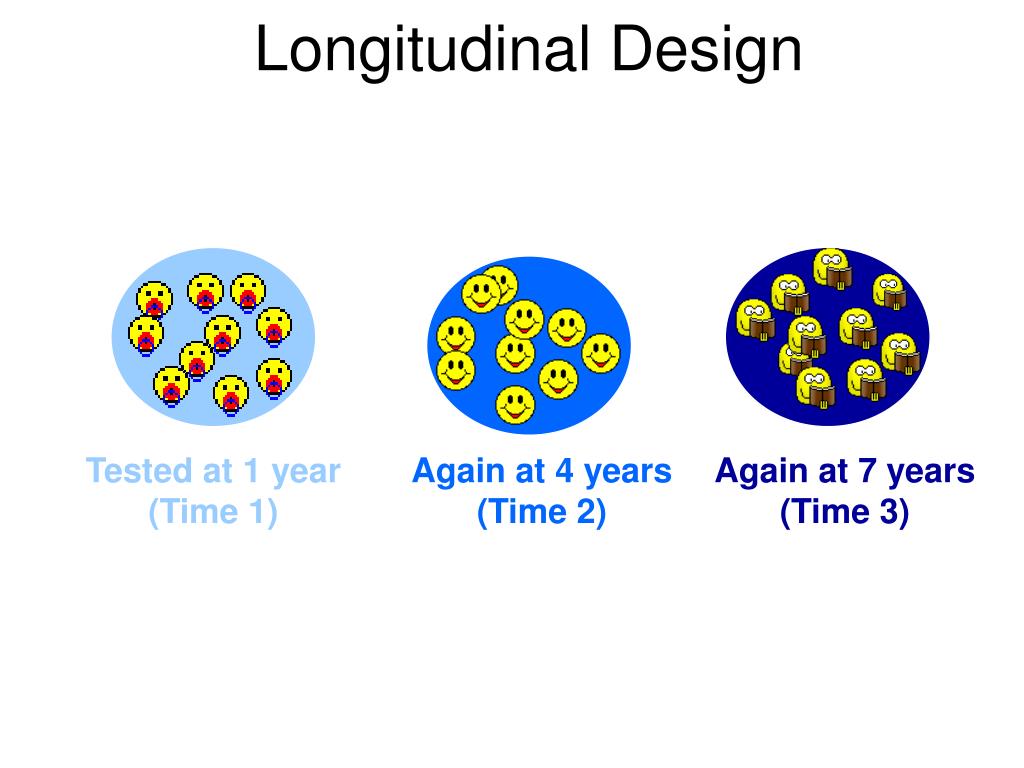Table Of Content

Many medical studies are longitudinal; researchers note and collect data from the same subjects over what can be many years. Longitudinal methods may provide a more comprehensive approach to research, that allows an understanding of the degree and direction of change over time. Longitudinal data collection is the process of gathering information from the same sample population over a long period. Longitudinal data collection uses interviews, surveys, and observation to collect the required information from research sources.
Offline Survey
A longitudinal study follows what happens to selected variables over an extended time. Psychologists use the longitudinal study design to explore possible relationships among variables in the same group of individuals over an extended period. Started in 2006, Growing Up In Ireland is a longitudinal study conducted by the Irish government to understand what children’s life looks like in different age brackets. The long-term study can yield interesting results by following a set of children throughout their childhood.
What’s a Longitudinal Study? Types, Uses & Examples
If you need to observe certain trends, behaviors, or preferences over time, you can use a longitudinal study. The researchers record how prone to violence participants in the sample are at the onset. Now the researchers will give a log to each participant to keep track of how much and how frequently they play and how much time they spend playing video games.
Famous Examples of Longitudinal Studies
You can go in without really knowing what you’re trying to find and what that might lead to. You can then use the surprises along the way to generate actionable insights. With this feature, you can share periodic surveys at any frequency that you set.
The Study of Mathematically Precocious Youths
There are several actions that could trigger this block including submitting a certain word or phrase, a SQL command or malformed data. Retest effects refer to gains in performance that occur when the same or similar test is administered on multiple occasions. Saul Mcleod, PhD., is a qualified psychology teacher with over 18 years of experience in further and higher education. He has been published in peer-reviewed journals, including the Journal of Clinical Psychology.
In a prospective study, on the other hand, you are collecting data in real-time. Because longitudinal studies observe variables over extended periods of time, researchers can use their data to study developmental shifts and understand how certain things change as we age. A longitudinal study is a type of observational and correlational study that involves monitoring a population over an extended period of time. It allows researchers to track changes and developments in the subjects over time. In cohort studies, the behaviors of the selected group of people are observed over time to find patterns and trends.
Retrospective Study
He used the data to spot trends over the years and understand his colonies' health and economic viability. A longitudinal study is a study that observes a subject or subjects over an extended period of time. When talking about what is a longitudinal study, we cannot go without also discussing the types of longitudinal research design.

The Seattle 500 Study is a longitudinal study being conducted by the University of Washington. Nurses were specially chosen for the study because of their medical awareness and hence the ease of data collection that this enabled. It attempts to answer a philosophical question that has been central to human existence since the beginning of time – what is the secret to living a good life?

Advantages of a Longitudinal Study
You should conduct a cohort study if you’re looking to establish a causal relationship within your data sets. For example, in medical research, cohort studies investigate the causes of disease and establish links between risk factors and effects. The optimal and most widely pursued method to examine psychological, emotional, and social changes in development is by pursuing a longitudinal design. The major features of longitudinal designs are highlighted and contrasted with cross-sectional designs. The types of longitudinal designs including evaluation of mean differences and predictive relations are described.
Plasma lipidomic profile of depressive symptoms: a longitudinal study in a large sample of community-dwelling ... - Nature.com
Plasma lipidomic profile of depressive symptoms: a longitudinal study in a large sample of community-dwelling ....
Posted: Thu, 19 Jan 2023 08:00:00 GMT [source]
All effort should be made to ensure maximal retention of participants; with exit interviews offering useful insight as to the reason for uncontrolled departures (3). Due to the length of the research process, some variables might be unable to complete the study for one reason or the other. Then, he conducts a baseline survey to establish the premise of the research for later comparison.
The way you collect your data is also heavily dependent on the type of study you’re conducting. Because longitudinal studies span over a more extended time, they typically cost more money than cross-sectional observations. It follows approximately 11% of all NZ children born between 2009 and 2010.[19] The study aims to look in depth at the health and well-being of children (and their parents) growing up in NZ.
This allows separating stable between-person differences from within-person fluctuations. Attrition over time is the main source – participants dropping out for various reasons. The consequences of missing data are reduced statistical power and potential bias if dropout is nonrandom. Researchers must observe each subject under the same conditions to compare them. When beginning to develop your longitudinal study, you must first decide if you want to collect your own data or use data that has already been gathered.

No comments:
Post a Comment